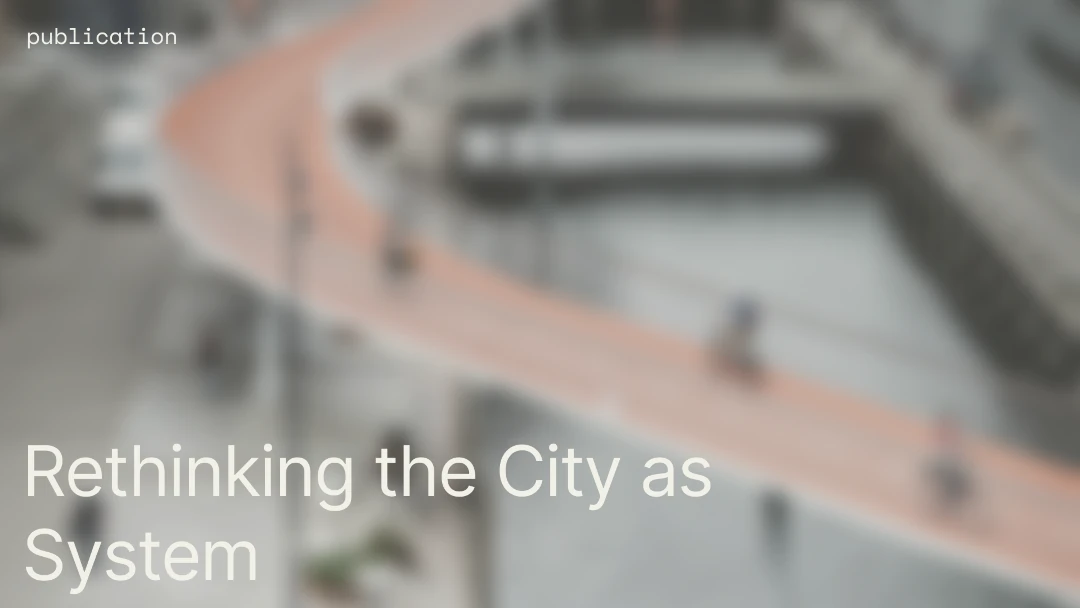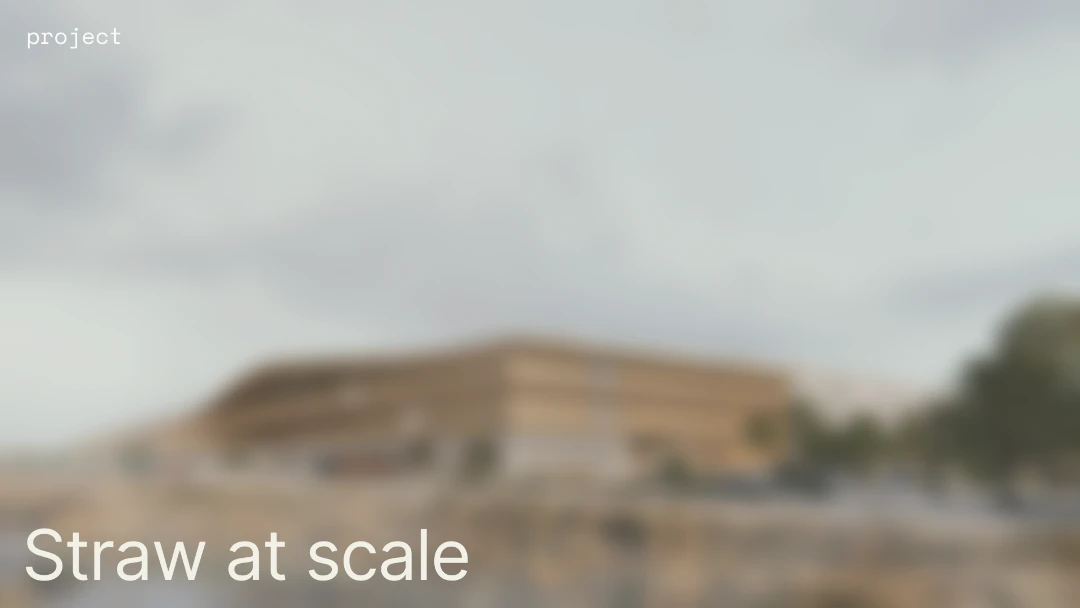
Bio
With an Engineering education in Sustainable Design from Aalborg University, Kirsten is the Co-founder and Head of Sustainability at Søuld and is spending a lot of her time out in the field, talking to farmers to get the business forward.
What drives you the most?
I'm from Læsø, a small island in the north of Denmark. The reason why I am mentioning this is because I think the local perspective is crucial for the transition of the building industry. Especially the need to understand that materials are a scarce resource.
In Læsø, they have been building Eelgrass roofs for centuries. These roofs were invented by women, as there were not so many building materials on the island. Coming from here has taught me a lot about sustainability, which I'm using in my everyday life rather than my engineering education.
Of course some days I'm wearing nice shoes and an ironed shirt but what drives me the most are days where I'm wearing my rubber boots, my workwear and I'm out in the field — being out in the real world as well as the local perspective is what really drives me, understanding that material always comes from somewhere and the people behind it — this context is very important.
10 years ago it wasn't something we talked about… Materials were just something that you ordered from your local building supplier. Those materials were processed so much that you couldn't even tell what the starting point was, for example mineral wool which is made from glass and stone.
With my academic background, I am also eager to understand the perspectives on the impacts, from a theoretical point of view, specifically how the extraction of Eelgrass might affect the environment.
As you mentioned 10 years ago, this material awareness was not there, now of course we are seeing these changes. What do you consider as the main barriers for pushing the sustainable agenda forward?
The main challenge is speed. We need to speed up. But at the same time we also need to work slower… And we have been working with the same methods and practices for many years so that also has to shift. The building regulations are based on set materials that have been used for decades so that's a big barrier for new materials to get into the picture.
There is a lot of “copying” out there, you take the wall from one project and then copy it to another project, it saves time and of course it's based on existing knowledge and experience. But this copying is a problem because it gets in the way of new practices and rethinking of the materials we use in our buildings.
Of course, we need to look at what actually needs to be built — because we definitely do not need to speed up the tearing down of old buildings.
How do we move towards diversification and replacement of existing materials?
Cases and reference projects are key. When implementing new and bio-based materials, even if it's a small project it will mean a lot for the scaling and acceleration for small producers.
We are always asked “Do you have a project this size?” and luckily, we are starting to have some really good case projects, but that has really been a barrier — if you can prove that you are able to deliver on a certain size of project and that someone has already taken the risk before. So when you are implementing new or bio-based building materials, even if it's only a little part of the building, it will mean a lot to the manufacturers and it means that they will be able to get new projects the next time or even just to scale the production. This is crucial for small producers.




























